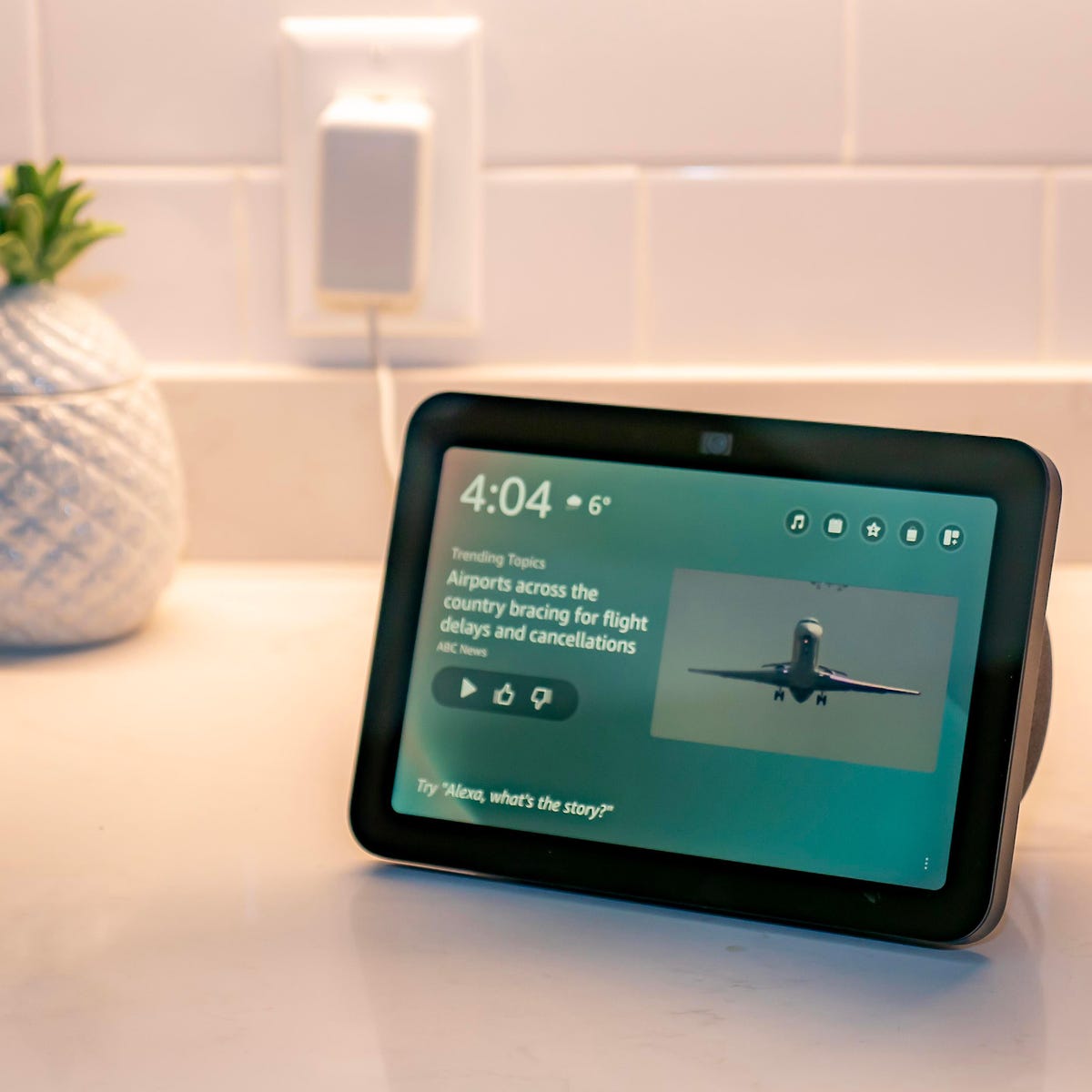Insightful Bytes
Exploring the world one byte at a time.
Smart Homes: Where Convenience Meets Chaos
Discover how smart homes blend convenience with unexpected chaos—unveil the surprising truths behind your tech-savvy living space!
The Evolution of Smart Homes: Balancing Convenience and Complexity
The evolution of smart homes has transformed the way we interact with our living spaces, merging convenience with cutting-edge technology. From the early days of simple programmable thermostats to today’s sophisticated systems that can anticipate our needs, smart homes have come a long way. According to a report by Statista, the smart home market has exhibited rapid growth, with projections indicating that more than 478 million smart home devices will be installed by 2025. This shift not only enhances our daily routines but also introduces new layers of complexity, as managing multiple interconnected devices can sometimes become overwhelming.
As we integrate more smart technology into our homes, finding the right balance between convenience and complexity is essential. While having the ability to control lighting, security, and temperature from a single app offers significant convenience, it can also lead to challenges such as interoperability issues and privacy concerns. A study published by PwC highlights that consumers are becoming increasingly aware of these complexities, leading to a demand for user-friendly solutions that prioritize security while simplifying integration. As innovations continue to shape the landscape of smart homes, addressing these concerns will be vital for ensuring that technology truly enhances our lives without becoming a hindrance.

Are Smart Homes Worth It? Understanding the Pros and Cons
Smart homes have gained significant popularity in recent years, appealing to tech-savvy individuals and families seeking convenience and efficiency. Are smart homes worth it? This question often arises as homeowners weigh the benefits of integrating smart technology into their living spaces. One major advantage is the potential for energy savings; automated systems can optimize heating, cooling, and lighting based on occupancy and preferences. Additionally, smart home devices can enhance security through features like remote monitoring and intelligent alarms. For more insights on energy efficiency, check out Energy.gov.
However, there are also several cons to consider when diving into the world of smart homes. The initial investment for smart devices and installation can be quite high, which might not be justifiable for all homeowners. Furthermore, there are concerns regarding privacy and data security, as many smart devices collect personal information that could potentially be vulnerable to breaches. According to a report by Forbes, it is essential to remain vigilant and proactive in protecting your smart home technology.
Top 5 Common Challenges in Smart Home Technology and How to Overcome Them
Smart home technology offers numerous advantages, yet it also presents several challenges that users must navigate. One common issue is compatibility between devices. With numerous manufacturers and standards vying for market share, it's easy to find yourself with smart gadgets that don't work well together. To overcome this challenge, research compatible ecosystems before making any purchases. Solutions such as using a smart home hub can bridge the gaps between disparate devices, allowing them to communicate effectively and create a more seamless experience.
Another prevalent challenge in smart home technology is security. With an increase in connected devices comes the heightened risk of cyber attacks. Homeowners should take proactive measures to safeguard their networks, such as changing default passwords and ensuring firmware is updated regularly. Additionally, consider utilizing advanced security features offered by smart home devices, including two-factor authentication and encryption, to further enhance your security posture.